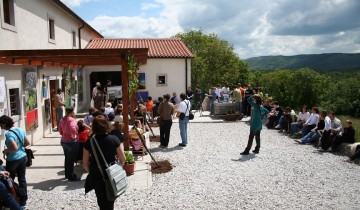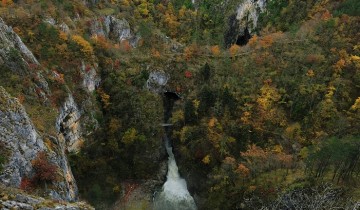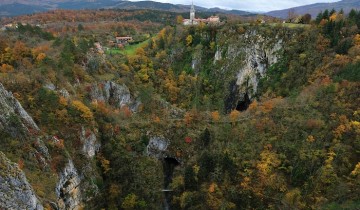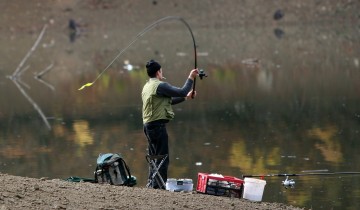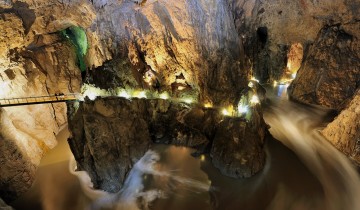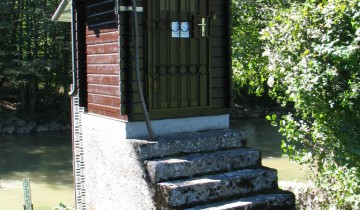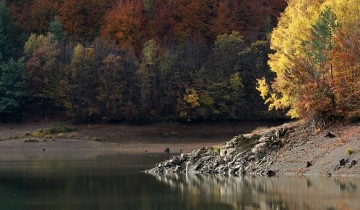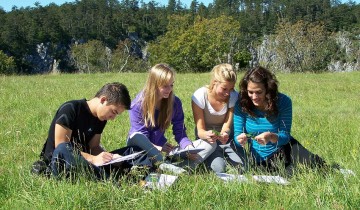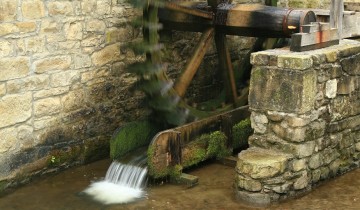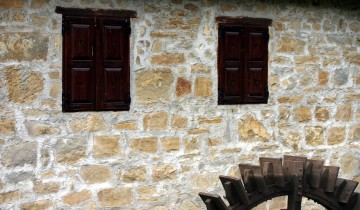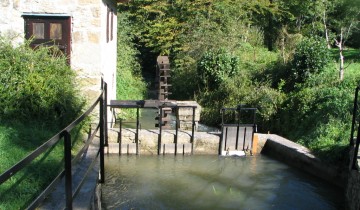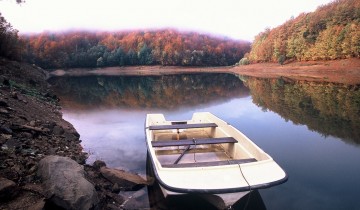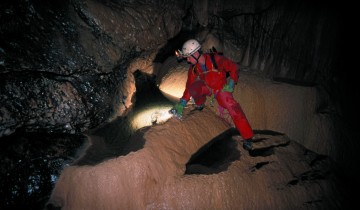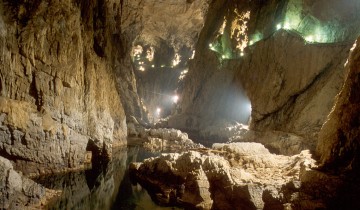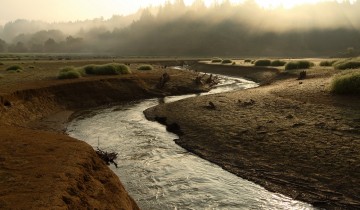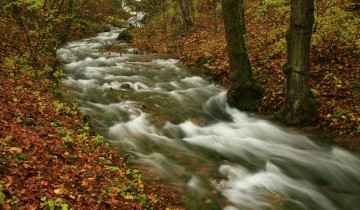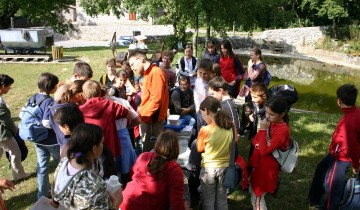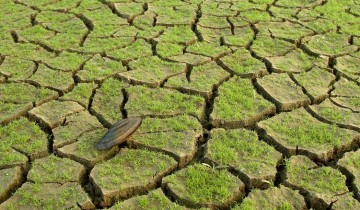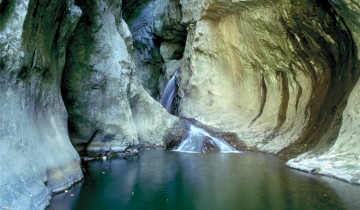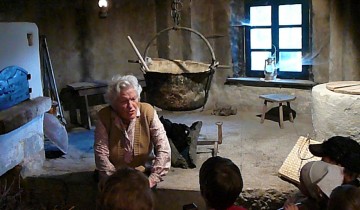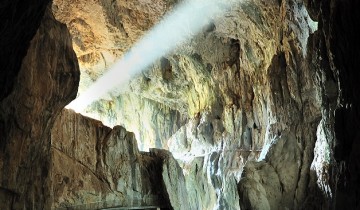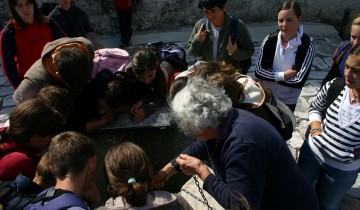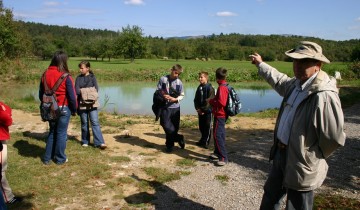- Home
- Wetland Site
- Škocjanske jame, Slovenia
Škocjanske jame, Slovenia
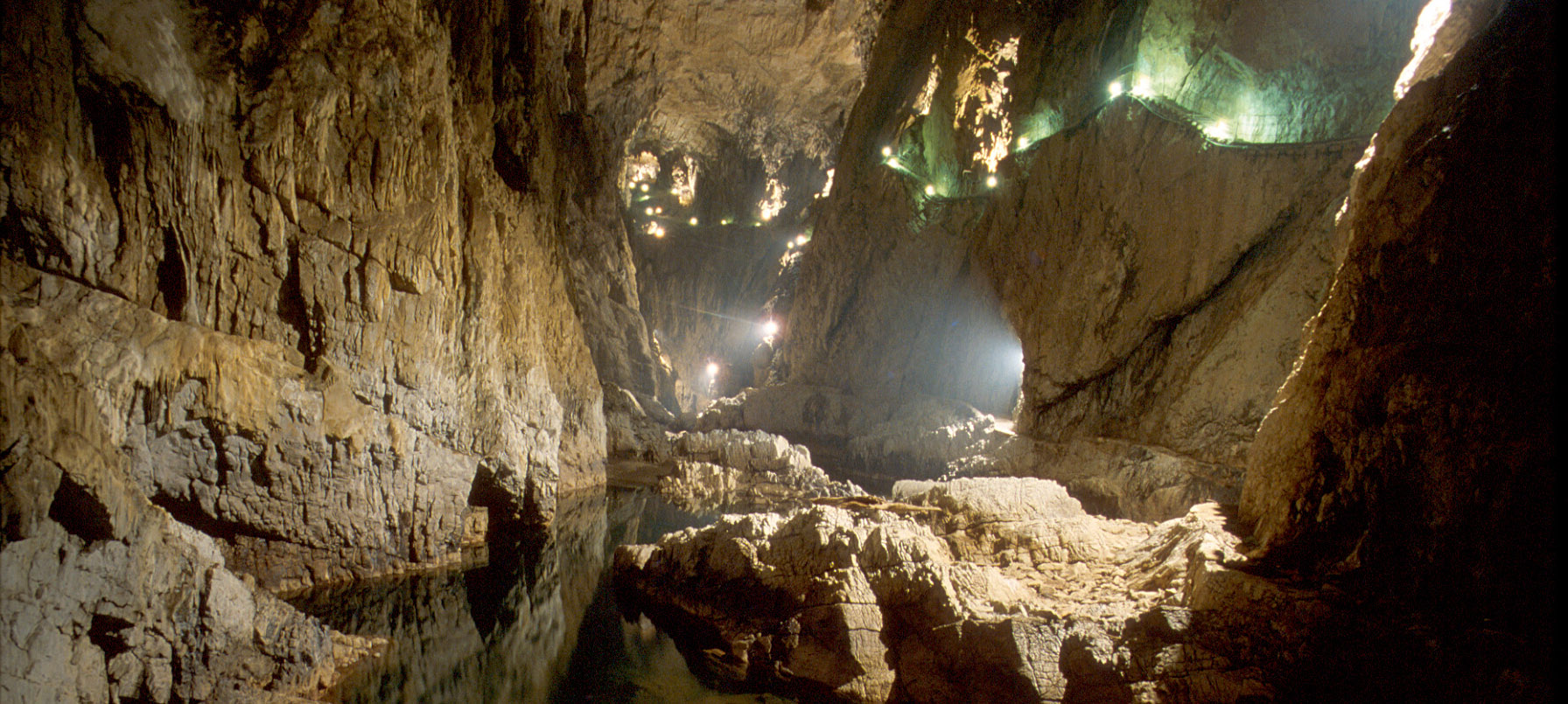
Škocjanske jame, or the Škocjan Caves, are situated in the south-western part of Slovenia in the region called Kras or Karst after the stone formations that typify its landscape. It is a rather long and complex cave system, over 5800 m long and 209 m deep. The cave environment hosts a significant number of endemic subterranean animal invertebrate species and more than seven species of bats, while the dry grasslands around and above the cave system are home to a significant number of rare and endangered bird species. In addition, the flora in the collapsed dolines, galleries and shallow chasms of the river valley is extremely diverse and characteristic of the mixed Mediterranean and Alpine climate.
Wetland archaeology
More than 30 Neolithic sites are to be found in the region. The Velika doline, in which the Reka River disappears before it enters the Škocjan Caves, could be the mythological entrance to the underworld, Hades. The entrance to Musja jama cave bears a remarkable resemblance to Homer’s description of the entrance to Hades in the Odyssey and the archaeological evidence found in the cavern supports this theory. The entire south-eastern Alpine region was one of the most significant pilgrimage sites in the Mediterranean at the beginning of the 1st millennium BC, when the region was linked to the afterlife and communing with ancestral spirits.
Traditional knowledge
Karst ponds built in the villages for watering the cattle, wells, ice pits, mills, sawmills, walls erected to protect the land from the strong north bora wind and traditional houses built entirely of stone blend into the characteristic landscape and are proof of the adaptation of human activities to special ecosystems. A land of scarce soil and water led to demanding cultivation techniques and a reduction in production to cover domestic consumption. Animal husbandry and apiculture supplemented the inhabitants’ income, while mills and sawmills along the Reka River supported local economic development, especially between the First and Second World Wars, as did coal mining and resin production. Lime-kilns remained operational until the 1970s and stone-cutting is still a thriving occupation. In addition, a multitude of dialects are spoken in the region and several fairy tales and stories have been preserved.
Water use
The lack of water led the local inhabitants to explore under the ground and to develop speleology, while horizons were also broadened for a number of sciences including Archaeology, Biology, Geology and Hydrology. Cave tourism and related educational programmes have been developed and now contribute to the regional economy.
Traditional building construction
The architecture of the local churches reveals characteristic influences from Istria, Venice and Salzburg. The traditional stone houses have a stone roof, small windows and 50–100 cm thick walls. Mills and sawmill reconstructions are planned for the near future to preserve and promote their cultural value.

